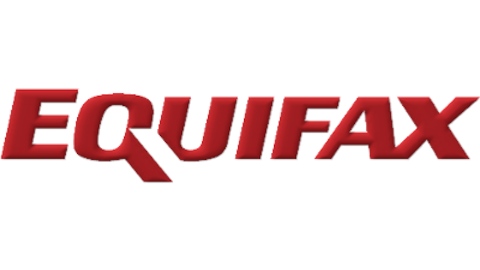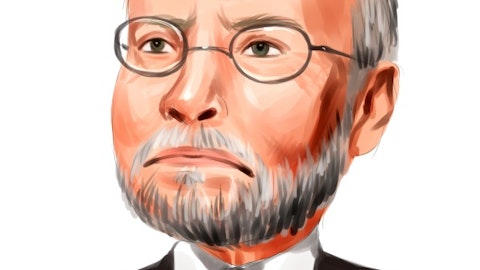Soon, renters could no longer afford to rent, and the press began to notice that Florida’s real-estate market had lost all sense of reality. A cold 1925 winter was followed by a sweltering summer that was ultimately capped off by a devastating category four hurricane, which killed hundreds on the Florida panhandle and left tens of thousands homeless. The bubble finally blew apart as everyone realized just how unprepared Florida was for bad weather.
Investors who made it out clung to the dream of easy money and rushed into the stock market, where they found plenty of easy money ready to help them follow that dream. As you’ll remember from our examination of the market’s fundamentals in part one of this series, the stock market reached a major turning point at the tail end of 1926 when stocks finally took off far in advance of the growth of business fundamentals. The dream of instant riches didn’t die when the Florida real-estate bubble popped; it simply packed up and drove back north to Wall Street.
Giving them too much credit
Prosperity is rarely evenly distributed, and this was as true in the 1920s as it is today. More than two-thirds of all American families earned less than what might be considered a “living wage” by 1929, and 80% of all families had no savings to speak of. The top tenth of America’s top 1% held 34% of the national savings, and these wealthy elites gathered unto themselves an income equal to that dispensed to the bottom 42% of the workforce.
When most Americans struggle to acquire the “indispensable” products of modern living, those attempting to sell such products have three options to handle the discrepancy between means and desire: They can lower prices, they can raise wages, or they can provide loans to cover the difference. In the 1920s, for the first time in modern history, millions of families of average means bought their way into the middle class with the help of someone else’s money.
Margin investing is a popular target of blame for the crash of 1929, but it alone can’t explain the economic tailspin the U.S. fell into after stocks began to decline. Galbraith has pointed out that there were only about 1.5 million trading accounts out of about 30 million families in 1929 — and some unknown number of wealthier families may have held more than one account. Only 600,000 of those accounts were found to trade on margin. If all of these margin accounts were wiped out in the crash, it would account for 2% of all American families at the most.
In contrast, by 1927, 15% of all major consumer purchases were made on installment plans. Six out of every 10 automobiles and eight out of every 10 radios were purchased on credit. There were thousands of banks and hundreds of new “installment credit” companies ready to loan money to anyone who asked. Foreign gold and assets flowed to the banks, and in many cases the installment credit companies were simply lending arms established by major manufacturers to allow more people the chance to buy their stuff. Both of these parties — banks and businesses — were also heavily involved in distributing brokers’ loans to margined-up investors. Consumer debt more than doubled as a percentage of income during the Roaring ’20s. By the peak of the boom in 1929, total noncorporate debt amounted to 40% of GDP.
None of this would have been a problem if only the economy, and the flow of money into it, had grown forever. Of course, the notion of a never-ending economic expansion is ridiculous, but it’s easy to get caught up in popular delusions when everyone appears to be doing well.
When lenders were left with underwater securities as their only collateral for brokers’ loans, they had little choice but to tighten the purse strings on all other forms of lending in an effort to avoid diminishing already threatened cash hoards. Business activity slowed as fewer people were able to purchase big-ticket items on credit, and as a result, millions were laid off and thus left unable to pay off their loans. Banks failed by the thousands as they, too, succumbed to the downside of extreme leverage. One weakness fed into the other. Nominal debt declined after the crash, but the economy declined even faster, and millions of people wound up with loans they couldn’t pay off because there were no jobs to be found.
The Great Depression that began after Sept. 3, 1929, can’t be blamed solely on the expansion of debt or on investors’ irrational exuberance. However, without these two actors working on stock prices during the latter 1920s, it’s likely that the Dow’s rise would have been less intense and its decline less economically devastating. Easy money on its own can’t fuel a bubble if the public doesn’t reach to grab all that it can and far more than it needs, nor can speculative manias wreck an economy without an unrestrained flow of unsecured money. One sure mark of investing insanity is to take on as much debt as possible to buy into a “sure thing.” When that happens to an entire market full of supposedly rational participants, it’s probably better to stay on the sidelines.
A number of Americans have become concerned about the public debt amassed by the U.S. government over the past few years. More than $10 trillion of new debt has been added to the ledger since 2000, and annual deficits topped $1 trillion after the financial crisis. How bad is it, really? Will the American economy take a debt-laden tailspin into another Great Depression?
The article What Was Behind the Worst Crash in History? originally appeared on Fool.com is written by Alex Planes.
Fool contributor Alex Planes holds no financial position in any company mentioned here. Add him on Google+ or follow him on Twitter @TMFBiggles for more insight into markets, history, and technology.The Motley Fool recommends Goldman Sachs and NYSE Euronext (NYSE:NYX).
Copyright © 1995 – 2013 The Motley Fool, LLC. All rights reserved. The Motley Fool has a disclosure policy.




